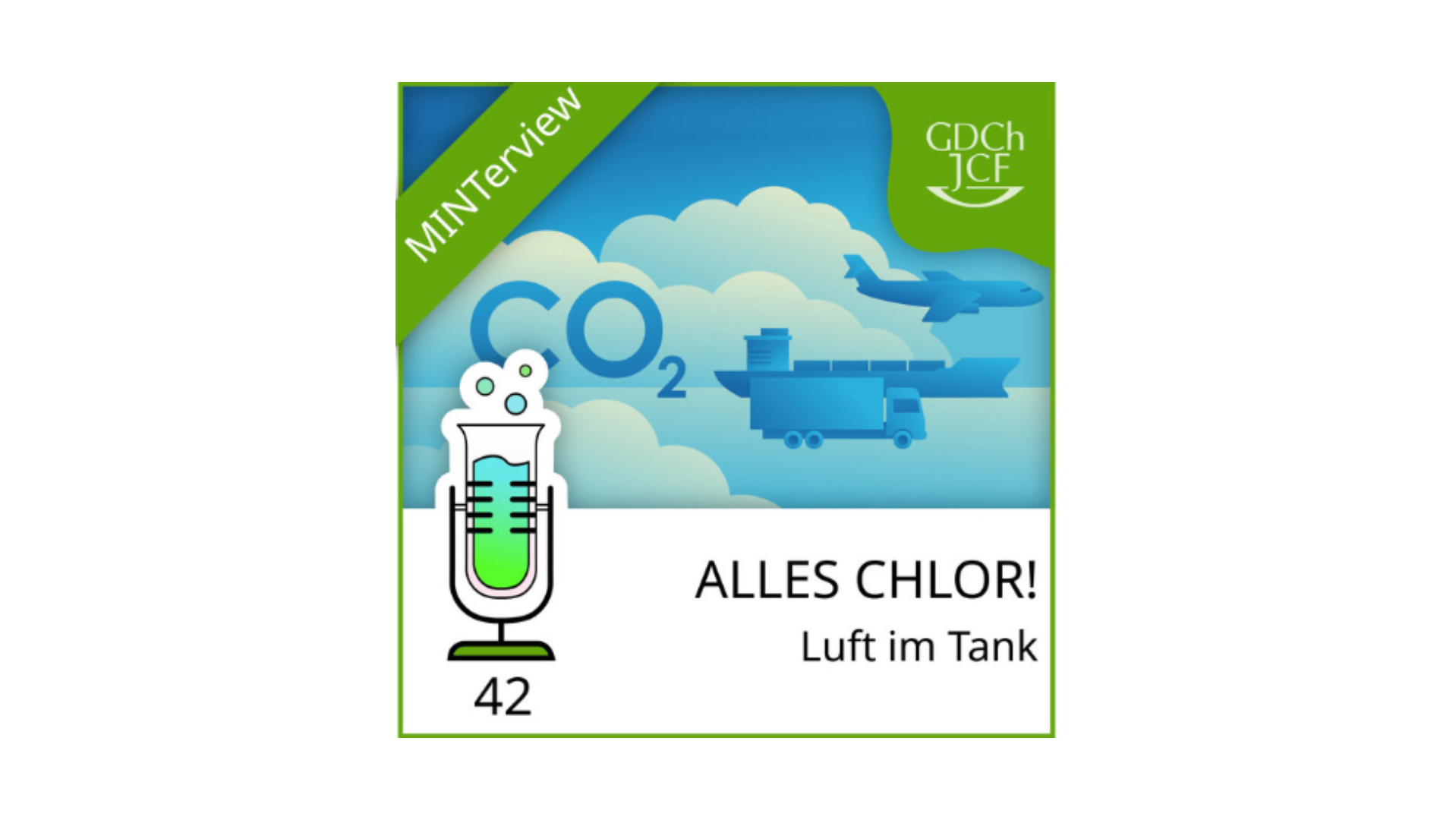In the quest to combat climate change, the certification of carbon dioxide removals has emerged as a critical element. This article, based on an extensive study conducted by the Umweltbundesamt, provides an in-depth analysis of the Commission’s proposal on the certification of carbon dioxide removals.
The Basics of Carbon Dioxide Removal Certification
Carbon dioxide removal (CDR) is a key strategy in the global fight against climate change. It involves the removal of CO2 from the atmosphere and its storage in geological, terrestrial, or ocean reservoirs, or in products. The certification of these removals is a crucial step in ensuring the quality and effectiveness of these efforts.

The European Commission has proposed a Certification Framework for Carbon Removals (CRCF) as a regulatory framework to monitor, report, verify, and certify activities which remove CO2 from the atmosphere in the EU. This framework is endorsed by scientific experts and has been extensively tested.
The Importance of High-Quality Certification
High-quality certification for CDR matters because it strengthens the trust in these removal methods and empowers the fight against climate change. The certification framework categorizes removal methods into three categories: permanent carbon storage, carbon farming, and carbon storage in products.
The certification process is designed to be transparent and accountable. All information on the certified removals is made publicly available and traceable, ensuring that the process is completely above board.
The European Commission’s Role in Carbon Dioxide Removal Certification
The European Commission plays a pivotal role in the certification of carbon dioxide removals. It has proposed a comprehensive framework that includes robust monitoring, reporting, and verification systems. This framework is designed to ensure that the removals are real, measurable, and additional to what is required by other policies and regulations.
The Commission’s proposal is a significant step towards achieving net-zero emissions throughout the EU by 2050 under the European Climate Law. It is a testament to the EU’s commitment to leading the world in carbon removal and climate change mitigation.
The Future of Carbon Dioxide Removal Certification
The certification of carbon dioxide removals is a rapidly evolving field. As our understanding of climate change and carbon removal methods improves, so too will the certification processes and standards. The European Commission’s proposal is just the beginning of this journey.
In the future, we can expect to see more stringent standards, more comprehensive monitoring and reporting systems, and a greater emphasis on transparency and accountability. The certification of carbon dioxide removals will continue to play a crucial role in our global fight against climate change.
In conclusion, the certification of carbon dioxide removals is a vital tool in our arsenal against climate change. It ensures the quality and effectiveness of carbon removal efforts and strengthens the trust in these methods. The European Commission’s proposal for a certification framework is a significant step forward in this regard, and it sets the stage for further advancements in the future.






